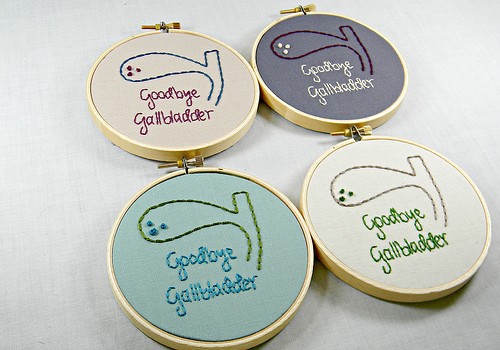
Why does gallbladder need to be removed?
When the proportions of biliary components become altered, it can result in the formation of small stones within the gallbladder. These stones do not cause any problems until they cause inflammation or infection in the gallbladder or obstruction of the tube that delivers bile to intestines. In rare cases, these stones (if small enough) can travel to other parts of the body and can result in other complications. When the symptoms of one of these conditions are not manageable only with medication the gallbladder can be removed completely. Other conditions such as cancer of gallbladder can also result in its excision.
- Important notification about information and brand names used in this slideshow!
- Photo courtesy of Hey Paul Studios by Flickr : www.flickr.com/photos/hey__paul/8509522214/
- www.mayoclinic.com/health/gallbladder-removal-diet/MY01815
- http://www.everydayhealth.com/gallbladder/living-without-a-gallbladder.aspx
- http://www.nhs.uk/conditions/Laparoscopiccholecystectomy/Pages/Introduction.aspx
- http://www.nlm.nih.gov/medlineplus/ency/article/002237.htm
- http://www.medscape.com/viewarticle/708713_2
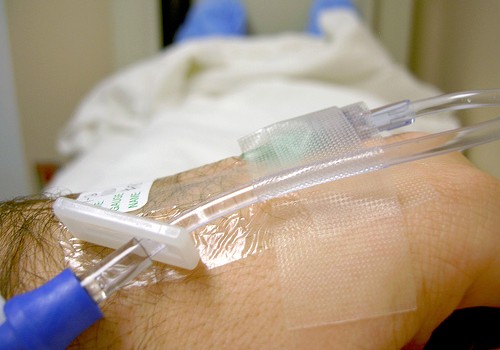
Gallbladder Removal Procedures
Removal of the gallbladder requires surgical intervention. There are two widely used techniques that can be applied when the regular medications are no longer effective in dealing with symptoms of an inflamed gallbladder (cholecystitis), gallbladder stones (cholelithiasis) or an obstructed bile duct (choledocolithiasis). The most widely used procedure for gallbladder removal is the traditional open surgical intervention (cholecystectomy). This requires a 2 to 3 inch long incision at the upper right portion of the abdomen. The surgeon manually locates the gallbladder and removes it surgically. The second procedure is comparatively new, but it is much less invasive. This method involves using a special instrument known as laparoscope. Laparoscopic surgery requires three (or more) tubes through three very small incisions in abdomen (located at different spots on the abdomen). These tubes contain video cameras and lights. The surgeon carries the procedure out while looking at the monitors, which show streaming video from the cameras inside the laparoscopes.
- Important notification about information and brand names used in this slideshow!
- Photo courtesy of Tim Samoff by Flickr : www.flickr.com/photos/timsamoff/82368959/
- www.nhs.uk/conditions/Laparoscopiccholecystectomy/Pages/Introduction.aspx
- http://www.hopkinsmedicine.org/healthlibrary/test_procedures/gastroenterology/cholecystectomy_92,P07689/
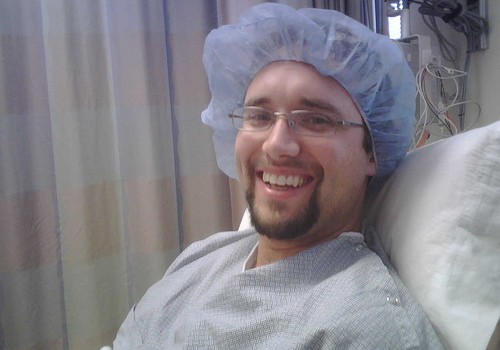
Recovery
The recovery from cholecystectomy is rather speedy. The length of time you need to spend in hospital depends on the operative procedure adopted by the surgeon. In an open surgery, it might be 3 to 5 days while this time for laparoscopic surgery can be from 1 to 2 days. Patients treated with the open surgical method have a drain tube in their incision. This tube is left there for a few days so that any extra blood in the abdominal cavity can be drained out. Normal activity after open surgery can be resumed within two weeks, and any heavy physical exercises should be avoided at least for up to six weeks. After being discharged from the hospital, patients treated with laparoscopic surgery can return to their normal activity within two weeks. It is advised for them not to get involved in any strenuous exercise for at least a month. During the recovery period, patients are usually prescribed painkillers and sometimes also antibiotics (to treat any suspected infection).
- Important notification about information and brand names used in this slideshow!
- Photo courtesy of Chris Dodson by Flickr : www.flickr.com/photos/azdodsons/2656417854/
- www.nhs.uk/Conditions/Laparoscopiccholecystectomy/Pages/Recoverypage.aspx
- http://www.hopkinsmedicine.org/healthlibrary/test_procedures/gastroenterology/cholecystectomy_92,P07689/
- http://www.nhs.uk/conditions/Laparoscopiccholecystectomy/Pages/Introduction.aspx
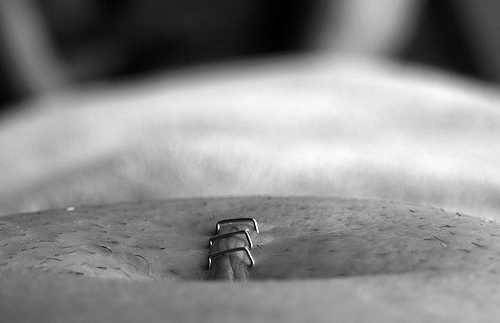
Complications
There can be two different types of complications, which could occur either during the surgical procedure to remove gallbladder or after successful surgery. Wound infections can occur in any abdominal surgery. One in every fifteen cholecystectomies is recorded to have wound infections. They are often not too severe and can be easily treated with a course of antibiotics. Internal bleeding after a laparoscopic surgery is extremely rare, but if it happens, further operation should be carried out through the same keyholes in the abdomen. 1 in every 100 cholecystectomies is followed by bile leakages. This leakage happens due to malfunction of specialized clips placed in the abdomen to seal the tube, which connects gallbladder to main bile duct. One of the most serious complications in gallbladder removal surgeries is injured common bile duct. This complication happens with 1 in every 500 patients. Post-Cholecystectomy syndrome is a collection of symptoms, which were present before gallbladder removal i.e. abdominal pain, indigestion, diarrhea, jaundice and high fever. In some cases, it is caused by obstruction of common bile duct caused by bile stones.
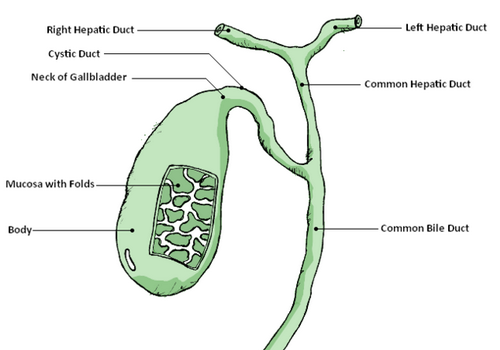
Why Is The Gallbladder Important?
The gallbladder is a small pear shaped organ located in the upper right part of the abdomen — right next to the liver. Its main function is to store any extra bile. Bile is primarily a fluid produced and excreted by the liver. Its composition consists of, bilirubin (waste of red blood cells), cholesterol, salts and some metals like copper. The constituents of bile are useful in breaking down fats into easily digestible forms. When bile is stored in the gallbladder, it becomes concentrated and is only secreted when the digestive tract senses fat content in our diet. After the removal of the gallbladder, there is no place for the bile to be stored in. Therefore, it is continuously secreted into the intestines and is not in a concentrated state. Diluted bile content is not very efficient in digesting fats, and when required, it is not available in sufficient quantity. This can cause upset bowel movements and discomfort due to increased fats in stools. As a result, the body loses the opportunity to absorb good fats.
- Important notification about information and brand names used in this slideshow!
- Photo courtesy of Lukeguthmann by Wikimedia Commons : en.wikipedia.org/wiki/File:GallbladderAnatomy.png
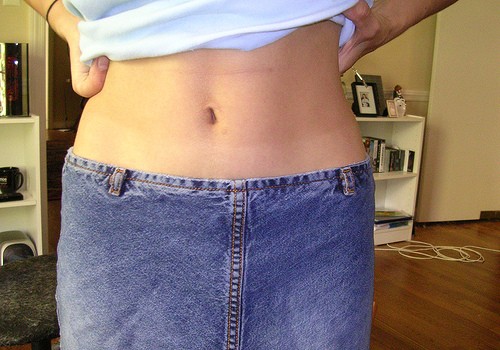
Digestive Changes After Gallbladder Removal
After the removal of the gallbladder, it takes a few weeks for the body to adjust to life without a gallbladder. Patients should avoid fat-rich foods during the transitional period. After almost two weeks, the majority (90%) of individuals can go back to their regular eating habits. Some people experience stomach aches, diarrhea and vomiting when they eat fatty food. The frequency of such discomforts is high in the first few weeks, but things get much better as your body learns to cope with this issue. If abdominal pain persists, you should consult your doctor and explore the possibility that you have a dysfunctional Sphincter of Oddi (SO). The SO is a valve within the small intestine that regulates the flow of pancreatic fluids and bile.
- Important notification about information and brand names used in this slideshow!
- Photo courtesy of gnu_lorien by Flickr : www.flickr.com/photos/18783243@N00/1064432392/
- ibs.about.com/od/relatedconditions/a/IBS-After-Gallbladder-Removal.htm
- http://www.hopkinsmedicine.org/healthlibrary/test_procedures/gastroenterology/cholecystectomy_92,P07689/
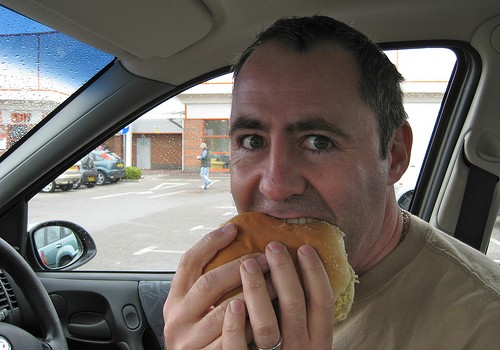
Managing Digestive Symptoms After Gallbladder Removal
Most patients don't suffer from discomfort so severe they need to use medications after gallbladder removal. If you cannot tolerate the pain after surgery, you can use over-the-counter painkillers. Diarrhea is the other common symptom that is experienced after cholecystectomy. It can be controlled by using antidiarrheal tablets such as Imodium (Loperamide). Increasing the fiber content in your diet can also help in solidifying stools. Persistent diarrhea even after going through symptomatic treatment may suggest the presence of irritable bowel syndrome. Drink a lot of water to keep yourself hydrated, as increased bowel movements or diarrhea can easily cause dehydration. Medicines used to regulate cholesterol can also prove to be helpful in preventing the reabsorption of bile by the digestive system.
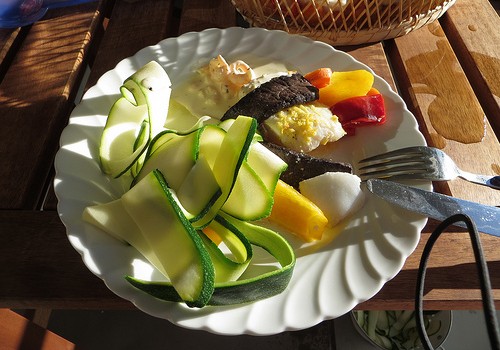
Eat Smaller Meals More Frequently
After the removal of the gallbladder you should take caution in what you include in your meals. Try not to eat large chunks of food at once, as it will put an extra burden on your body to digest food. Smaller portions of meals taken more frequently during the day are very useful in relieving stress on the digestive system. With smaller meals, the available bile in your intestines will be able to mix with the food content more easily and digest it in a better way. Make sure to include low fat and high fiber content in your meals. Try to avoid coffee, tea and sweets, as these can worsen diarrhea in general.
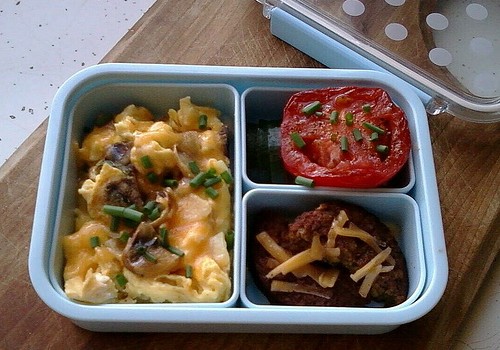
Avoid High-Fat Foods
If you eat large quantities of fat rich food in one go after gallbladder removal, the inadequate digestion of fat can cause diarrhea, gas and bloating. It's best to eat smaller meals more frequently during the day. Fat-rich foods such as fried and greasy meals and especially most types of fast food should be avoided. Try to include sources of lean protein such as fish, chicken and low fat to non-fat dairy products along with good quantity of vegetables and fruit. Bananas and apples are a very good choice as they can help settle an upset stomach.
- Important notification about information and brand names used in this slideshow!
- Photo courtesy of goblinbox_(queen_of_ad_hoc_ by Flickr : www.flickr.com/photos/goblinbox/5495182882/
- www.mayoclinic.com/health/gallbladder-removal-diet/MY01815
- http://www.everydayhealth.com/gallbladder/living-without-a-gallbladder.aspx
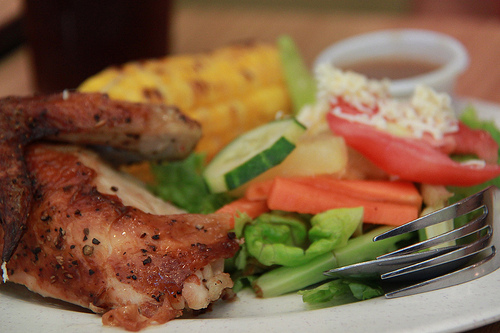
Gradually Increase The Fiber In Your Diet
When you are allowed to start eating normally, don’t jump into full meals and solid diets. Have small meals and gradually increase the variety in your food content. Try to avoid fatty foods for at least a couple of weeks. There is no set diet that can be advised to patients after gallbladder removal as individual needs of each patient vary a lot. The BRAT (banana, rice, apple sauce and toast) diet might be suitable for people who are suffering from recurring diarrhea. Bananas are very good source of Potassium, which can replace the loss of electrolytes due to diarrhea. Bananas are rich in Inulin and Pectin, both of which are soluble fibers that help digestion. The amount of fiber in your diet should gradually be increased as excess fiber can make cramping and gas even worse. Fiber is known to lower the levels of sugar and cholesterol, which means it can help normalize your bowel movements after removal of the gallbladder. Fiber-rich foods include corn, white beans, black beans, kidney beans, garbanzo beans, avocado, whole-wheat pasta, brown rice, whole wheat bread, lentils, pear, artichoke, oatmeal, raspberries, peas, broccoli, almonds, apple and barley.
- Important notification about information and brand names used in this slideshow!
- Photo courtesy of mooglet by Flickr : www.flickr.com/photos/mooglet/4663090967/
- www.mayoclinic.com/health/gallbladder-removal-diet/AN02176
- http://www.huffingtonpost.com/2011/12/27/fiber-foods_n_1167897.html
- http://ibs.about.com/od/diarrhea/tp/Diarrhea-and-Food.--04.htm


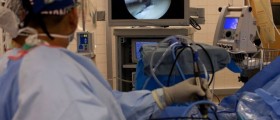
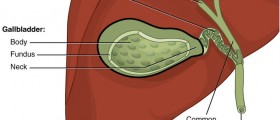

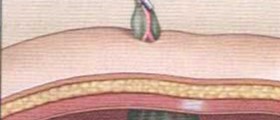
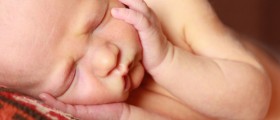
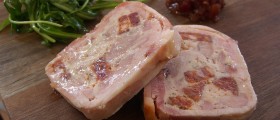
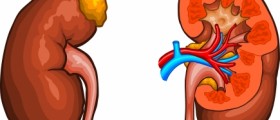
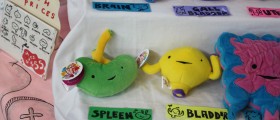
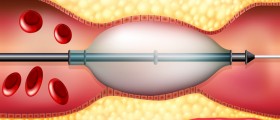
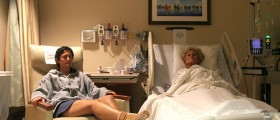

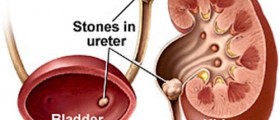
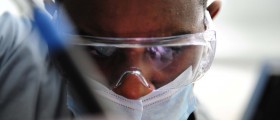
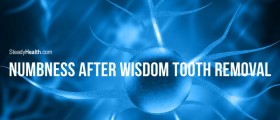

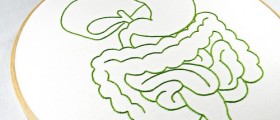
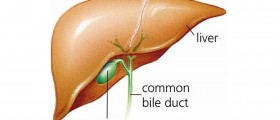
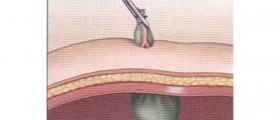

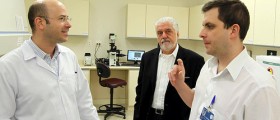

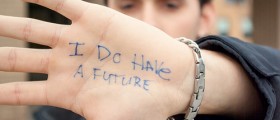

Your thoughts on this
Loading...